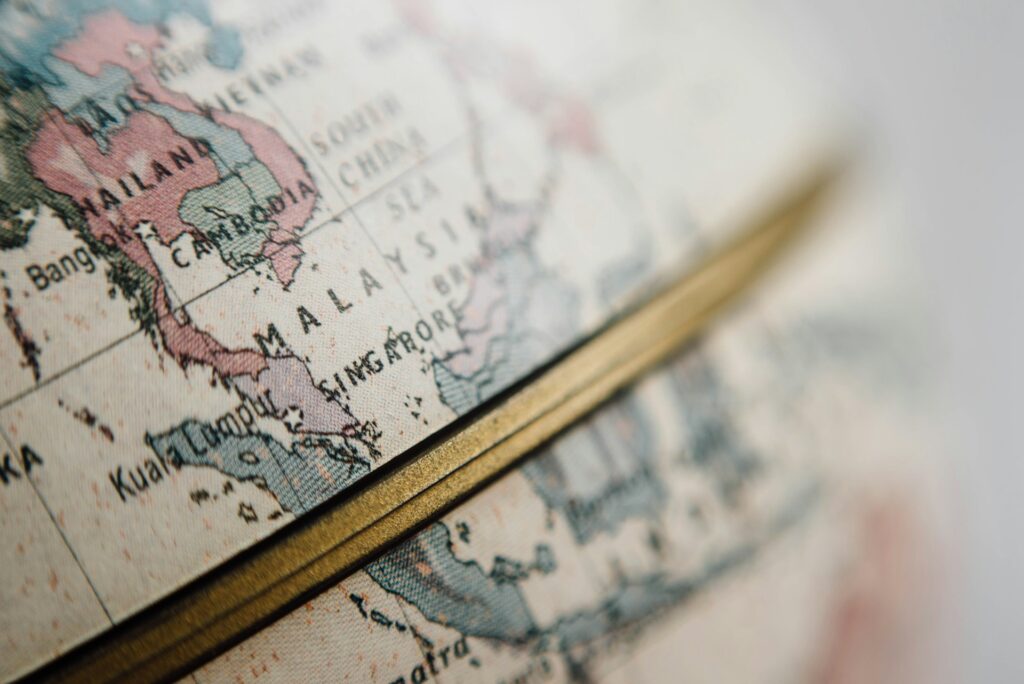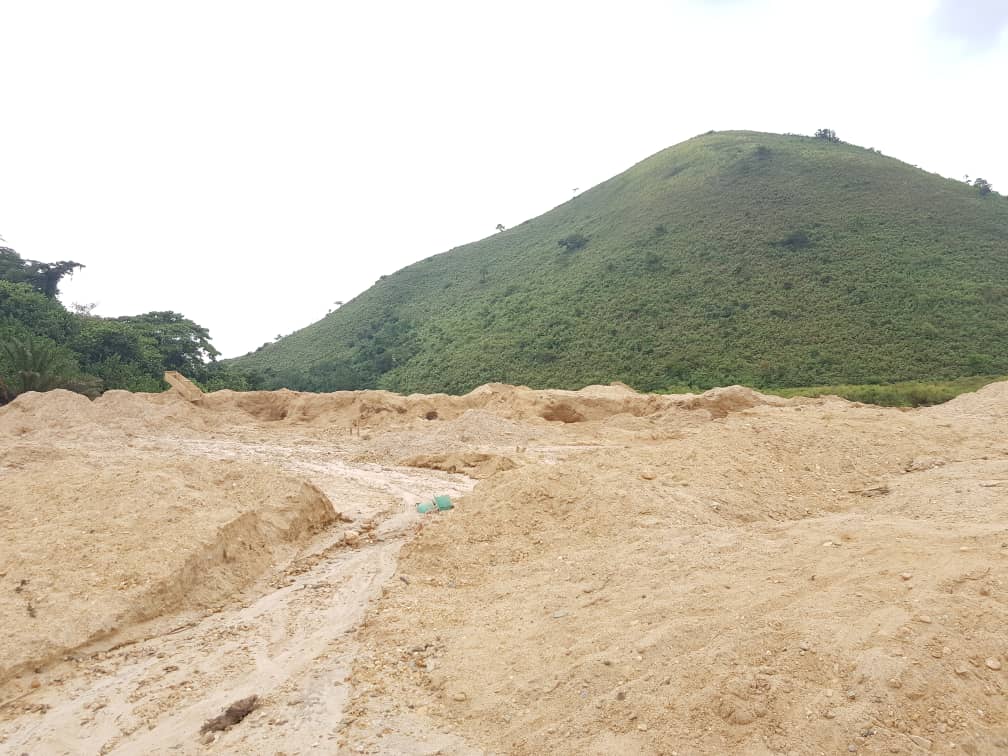Susanna Hast approaches spheres of influence from a new angle, engaging with fictional writing and connecting it with theories in International Relations (IR). She shows that the term sphere of influence is a multifaceted concept which addresses greed and bullying, but also larger questions of the international order.
Contesting concepts
Lately spheres of influence have surfaced in public, popular, and academic speech. Some are saying that there has been “a return to spheres of influence” over Ukraine. But few discuss the term’s meaning, or acknowledge its historical, emotional, and pejorative connotations. Some question the usefulness of the term in the post-Cold War era, but we have yet to invent a new language to replace the old.
The use of the term sphere of influence is usually pejorative, that is, it is used for the purposes of shaming, blaming, and naming. This is how it is used today to describe Russia’s policy in Ukraine. This is how many Russian intellectuals perceive Western influence in the post-Soviet space. The way in which we envision the political space of Eurasia is embedded within the conceptualisation of spheres of influence, which is uncritical and ahistorical.
There is an intellectual tradition related to the social sciences, which could be called “contesting concepts”. It means that a substantial part of academic work involves a critical view of the language used to describe, and as such to construct, the world.
Identity has been contested in a way that we understand it not as an inherent quality but a socially constructed category. This has huge implications: we understand that power and identity walk hand in hand. It means that I am not a Finn because my skin is white, my eyes are green, and I share other genetic similarities with other typical Finns. Identity is not genetic, it is political: I feel like a Finn because I have heard the stories of my state, its defeats, and its victories. Most importantly, I feel like a Finn because I believe I am different from the Russian, from the Swede, and so forth.
In this text, I attempt to approach the topic from a new angle. As it is more exciting to read conspiracy theories or detective novels, it might give some impetus to the much needed debate on the meaning of spheres of influence. It is about breathing life into theory, building muscles around the bones. I have recently been experimenting with new ways to express research as I believe that we resonate more strongly with emotion than reason. In fact, this is what modern neuroscience knows about the human consciousness: it is built on emotion, not reason. Thought follows that which is corporeal, intuitive, and affective.
So let me share a story I wrote. It is a fictional story of a world of spheres of influence. It portrays one vision and one perspective. My aim is to share a political narrative and to engage your imagination instead of presenting a sterile image of spheres of influence. It is also an attempt to bridge the gap between art and politics by expressing heavy theoretical framework through storytelling.
The Division
She closed her eyes. She thought focusing on her sensations – the air flowing in her lungs, the silence around her – would ease the fear that made her stomach cramp. Maybe by focusing on the now and here she would understand the human being; how much that being wants control, and how much fear is involved in the loss of control.
Disappointed and frustrated she would use her breath to control her body. At least she was able to control the flesh that was home to her thoughts in the midst of a war; while the body of the world was being cut, divided, used, reused, build, and destroyed over and again. For the time being, her body was her own. And she waited.
She waited for their arrival: strangers from a land that she had never visited. There had been tension for a long time with political leaders stiff as sticks that would easily snap into two.
She felt nervous and tried to calm her mind. Her land was being invaded. It was on the news, it was on the streets. She preferred to hide; she was no combatant, so all she could do was to wait. The invaders were coming to free them, to end their suffering and misery, those strangers said. Those who were taking control.
Ever since the world was mapped, covering all the corners of the globe – all the distant lands of humans and animals, from rain forests to tundras and deserts – wars had been fought to divide the land between people who did not understand each other. The land, the sand, had defined belonging. The earth is rich and the human being is greedy. There was no liberation taking place. If there was, she would not be afraid. She took another breath and drifted into her memories.
There was a law. Some kind of law had always existed between governors of lands. Where this law came from, she did not really know.
No, she knew.
It came from power. She did not believe in the divine origin of law, even if the religious and the nonreligious alike acted like gods storming upon those who were inferior to them.
She only saw the law of power. Power resided in a distant centre, or centres. They were far away in other continents, separated by mountains and seas. She could not point on a map where exactly, but she imagined a triangle with sharp angles piercing the globe. Inside the triangle was power, outside the periphery. She lived there, outside the power centres, but not outside the power structures.
Laws were drafted in the angles of the triangle by the Strong. At times the Strong came together to agree on a law that would be implemented upon the peripheries, and at times the sharpened angles disagreed, leaving the rest of the world holding its breath. Control over powerful resources and weapons was the means to the system, utilised for both good and evil.
It was not a chaos she saw. There was order even in the age after the state had ceased to exist. She remembered the world of states. When she was a child people talked about the state. The state had a territory and inhabitants. States were small and big, but they were all holding on to the right to rule for themselves, to decide for themselves. The greater states had a special responsibility for world affairs, but also greater power over the matters of others.
Now no one spoke about the state and its rights anymore, only about freedom, liberation, intrusion, and invasion. She did not know if words really mattered here. Power had drifter further away, but she had not seen happier times when there still was power invested in the state.
Trying to preserve the rights of the people, trying to destroy the rights of the people. No one really looked close or far enough to see the circles of power simply changing forms, repeating the human foolishness.
Suddenly there was a knock on the door. Interrupting her daydreaming, a neighbour was standing behind the thick blue wooden door that kept her safe in her house. Separating your own from the strangers’, she relied on that door as her fortress against the liberators.
The neighbour had news. The invasion of their land had stopped. Their one hundred and nine thousand square meters of land was safe for now.
But she did not know who was to provide safety; whose was the land in the end? People in her village provided safety for each other, but the Strong ruled like the unruled rulers. Strong powers absorbed the land. They were the unruled rulers. It was one kind of an order, yes, but the Strong did not manage to build peace and agree on their borders.
Borders are so deep at the core of the human heart; in that part of the heart where fear lives. In the old order, the order of states, wars were fought too. And they were bloody, too. And as the wars intensified, as the states began to lose their purpose of providing security for their inhabitants, the Strong took over.
She would always have to rely on her blue door alone to keep those away who wanted her submission, her resources, her power, her body.
She had been hiding but in her mind she decided that even if the world turned upside down, she would never give up on her dream of peace. For now, she was safe.
More than bullying
When you hear the term sphere of influence, these attributes come to mind:
Bullying. It’s disgusting.
Taking advantage. Disgusting.
Violation.
Submission.
Inequality.
Blackmailing.
Power. Disgusting.
Spheres of influence are certainly a form of bullying. But there is more to them. Yet, when we look at the spheres of influence since the colonial period, there is not much pride we can take in them.
It is not necessarily the idea that is faulty. It is more to do with the mechanism of political control. There was once a choice made for the system of sovereign states. But it was also decided that in practice states were not equal and this opened the political space for those tacit agreements on great power influence we call spheres of influence. Sphere of influence is a function of the system of states, but also its challenger.
These grand world designs, not composed of states but greater entities, have been written down by some scholars. They are not necessarily explicitly using the term sphere of influence, but clearly making such references, putting forward such arguments, that make their theory a theory of spheres of influence. These theories rarely have an explicit bullying or partronising connotation, but in fact the thinkers do reflect on the means to prevent war and, often enough, on how to guarantee the rights of the influential.
In this fictional short story, I absorbed ideas from the IR theory, when playing with the ideas of states, regional constellations, and hegemony. I made references to the Cold War and the Cuban missile crisis when the woman is waiting for the so called liberators to come, and when the liberation always seems to come from above, artificially and violently. I refer to influence as protection and destruction, as argumentation over who is protecting whom.
For the woman in the story, power is abstract and distant, it’s always out there, beyond her reach. She perceives her sense of the self as her only property. This reflects the very state-centred view of IR that for example feminist scholars have been contesting by introducing the intimate and the personal as sites of the political. The notion of sphere of influence does the same: it relies on the abstract, the unreachable, the great. Power is always something far away. In Putin’s hands, but definitely not in my hands.
I refer to theories around the Second World War that envisioned an alternative to the collapsing state-system. I refer to the English School of International Relations by contextualising the international society in which the woman had lived and lives. For example, the idea of responsibility of great powers – spheres of responsibility – can be found in the works of Hedley Bull and Martin Wight.
I refer to the idea of how state is not a static unit of power, but in fact preceded and maybe even followed by greater entities – empires if you like – and is constantly under pressure by great power management and intervention.
I refer to the metaphorical use of the concept, in my story employing the geometry of a triangle. In other texts metaphors usually used are astronomical terms, like satellites and suns.
The location and time of the short story are unrevealed because for spheres of influence they do not matter that much. Put another way, time is essential to spheres of influence. What I mean is that there is a continuity of the policy of great power management as old as the state-system. There is no return of spheres of influence. If there was a return it would mean that at some point in history, there was a rupture in the practisce of imposing international influence on foreign territories. There wasn’t.
I am mixing different narratives of spheres of influence in order to illustrate that just like the woman’s head is spinning with uncertainty over good and bad international politics, over the sense of freedom and captivity – the same plagues the idea of sphere of influence. This is the normative aspect. Sphere of influence has normative written all over it. Spheres of influence require justification. They always did.
But there is no one unitary “sphere of influence” out there waiting to be captured by a definition. The more I have tried to define spheres of influence, the more visions I have discovered and the more I have paid attention to the fact that as the world changes so do spheres of influence, taking different forms in time and space.
Here are some examples:
There is a schmittian Großraum which relies on great regions based on international law. That is a new form of the previous pluralist order of sovereign states transformed into a pluralist order of regional entities in order to avoid a universalist system with a single sovereign.
There is E.H. Carr’s argument that internationalism failed and nationalism leads to war, and in between is the Großraum.
There is Walter Lippmann’s Good Neighbor Policy where the controlled state receives protection but needs to follow in the lead of the influencing state.
There is Hedley Bull’s institutions of the international society situating spheres of influence between state sovereignty and the practice of intervention.
There is Paul Keal who writes that no matter how much order spheres of influence can create, they are necessarily unjust. And Bull would nod in agreement.
The English school would point out that if we read carefully enough, spheres of influence were originally coined to describe colonial influence.
Edy Kaufman wanted to separate the two, saying the colonial was more official and spheres of influence more tacit.
Influence as tacit, as imperial. Influence in the state-system, influence in a suzerain system. These all tie the concept to international theorising in such a fundamental way that it is incomprehensible how we could not be interested in the genealogy of this phenomenon.
And some more:
We think that we know how everything happened during the Cold War, but do we really know how the nuclear weapons interacted with the logic of spheres of influence?
We all know George Orwell’s 1984, but do we realise how close the totalitarian nightmare of super-states inspired by James Burnham’s theory of world domination comes to the concept of sphere of influence?
And now we wonder, or I hope we wonder, what kinds of spheres of influence are being constructed today? What is happening to sovereignty? What are Russia’s ambitions? What will regionalism in Eurasia look like in the future? How will this all affect the people?
Most importantly, with or without spheres of influence, dividing land between people with violent means defines international life. The sovereign state never solved this issue, yet we rely on it like a lantern in the dark. Just because we are unable to imagine anything different.
The article is based on a lecture delivered at the Eurasia Nexus Forum in Geneva 8 October 2014.
Article image: Patrik Houštecký / Pixabay




